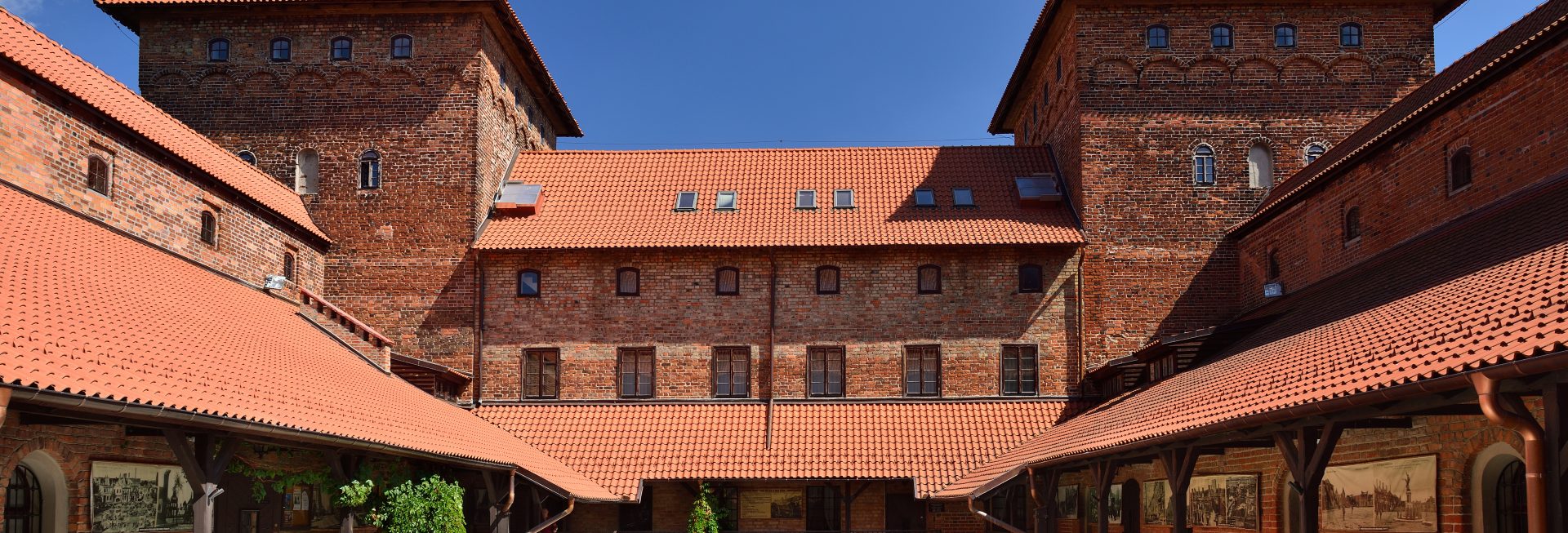
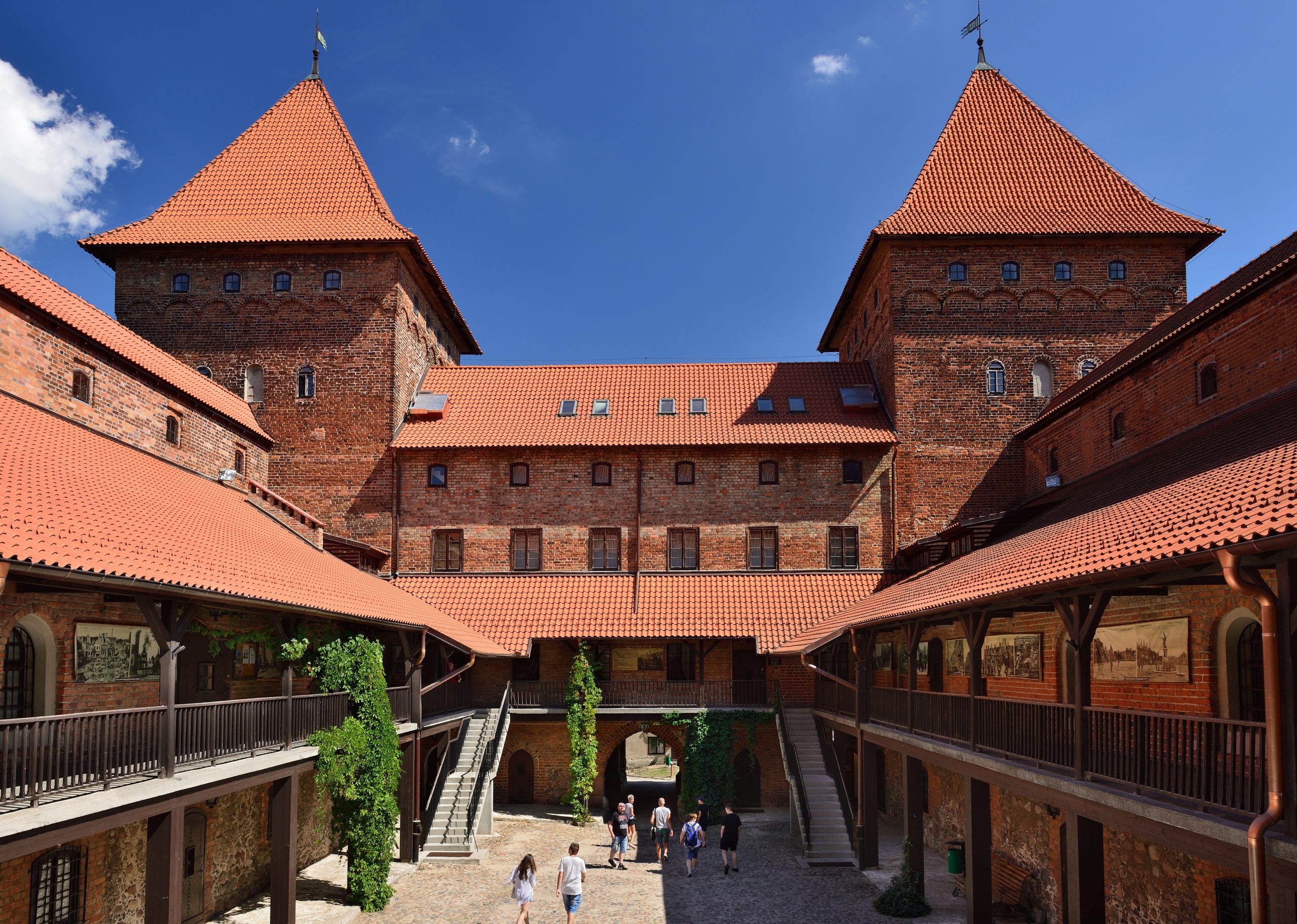


Castles conceal many stories. Shrouded in mysteries until they ask to be discovered. You can explore their history by following the Gothic Castles’ Route, or you can deviate a bit from the trail and visit other fortresses and their remains in Warmia and Masuria. It is a pity not to see them all.
The Castle of the Warmia Chapter is the oldest building in Olsztyn, erected in the 14th century in the bend of the River Łyna. The administrator of the castle (in the years 1516-1521) was Nicolaus Copernicus himself. The astronomer managed the property of the Warmia Chapter, collected taxes, conducted settlement actions and made sure that the castle was prepared for defence.
In the Olsztyn castle there is the only surviving astronomical instrument of the brilliant scientist. The plaque was used to show the apparent movement of the Sun in the days close to the spring and autumn equinoxes and was combined with a specific form of a sundial.
But the castle hides more interesting things. In the former refectory and the administrator’s chamber there are unique crystal vaults, dating back to around 1520. Wooden defensive porches are also characteristic of the Olsztyn castle. In the charming courtyard of the castle there are a well and a “Prussian woman” – a stone sculpture from the times of pagan Prussians.
Currently, the castle houses the Museum of Warmia and Masuria, where we can get acquainted with the astronomical instruments from centuries ago and the memorabilia of Copernicus. In the museum’s collections there are souvenirs of the region’s past, especially worthy of attention are the collections of Gothic sculpture, religious painting, as well as tinker and bell founders’ products.
The largest Teutonic Castle in Mazury. Erected in the 14th century by Winrich von Kniprode, the Teutonic Grand Master, on the Nida River, it guarded the southern border of the monastic state. Surrounded by vast swamps and wet meadows, it served an important defensive function. It also played a role in the great war with the Teutonic Order – both the fortress and the town were taken over by Władysław Jagiełło, on his way to Grunwald.
Interestingly enough, it is worth mentioning that in the 17th century Nidzica was one of the places in Ducal Prussia where most witchcraft trials were conducted.
After the destruction of the castle during World War II, it was not restored until 1959-1965. Currently it houses a cultural centre, a museum, a library, a seat of the Knights’ Brotherhood as well as guest rooms and a restaurant. Knightly tournaments are held here both in summer and in winter.
The castle in Lidzbark Warmiński was built in the 14th century as a new seat of the Warmia bishops. There is much to admire, the castle is considered a historical monument and is undoubtedly one of the most valuable monuments of Gothic architecture in Poland. It stands in the fork of the Symsarna and Łyna rivers.
The whole castle complex consisted of a castle and two baileys. The ambulatory in the courtyard are somewhat reminiscent of those of Wawel Castle, hence the castle in Lidzbark is sometimes called “Wawel of the North”. Inside, there are preserved, among others, the undergrounds that once served as warehouses and prison, and priceless paintings.
Until 1795, the castle served as the seat of the bishops of Warmia, and its walls were inhabited by prominent representatives of Polish culture: Nicolaus Copernicus, Jan Dantyszek, Stanisław Hozjusz, Marcin Kromer and Ignacy Krasicki. The brick guardhouse fortunately survived many war attacks that passed through Warmia. However, it was apparently torn apart by the ravages of time and conservation work had to be done, so that we could now, strolling through two-level ambulatory, admire the pillars made of Gotland limestone, and look on the walls at the more than six hundred years old religious paintings.
If you get the word “colorful castle” in your ears, it is most likely going to be the Lidzbark castle. This is all thanks to Bishop Henryk Sorbom, on whose orders almost all the castle rooms were decorated with beautiful paintings. A special impression is made by the Grand Refectory, a room decorated with richly Gothic polychromy, where special ceremonies took place, such as the Warmian regional council or bishop’s speeches.
You can learn more about the history of the castle and the region in the branch of the Museum of Warmia and Masuria, which operates in the castle. You can also stay in the stylish Krasicki Hotel, which operates in the castle’s bailey and spend a truly royal holiday there.
Built in the fourteenth century on the banks of the Drwęca River by the Order of the Teutonic Knights of Saint Marys Hospital in Jerusalem. The castle in Ostróda is interesting because, unlike other defensive Teutonic castles, it probably did not have any towers. In the 15th century the castle was surrounded by a moat.
Some historians say that the bodies of those who died in the battle of Grunwald, including master Ulrich von Jungingen, were temporarily placed in the castle chapel. In 1807 the Grand Emperor of France Napoleon Bonaparte was stationed in the castle together with his staff.
Today the castle houses a cultural centre, a gallery, library and museum.
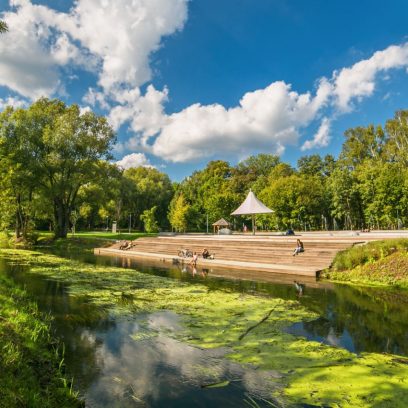
Discovering the capital of Warmia and Masuria is extremely interesting at any time of year. It is a city with a soul, where history intertwines with modernity.
Find out more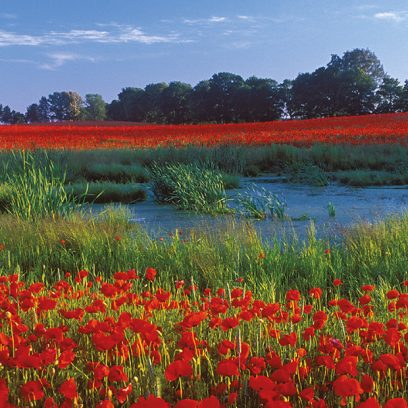
In Warmia and Masuria you will find places that delight and look fabulous without the help of instagram filters. The most beautiful environment, dignified castles full of mysteries, and inspiring people.
Find out more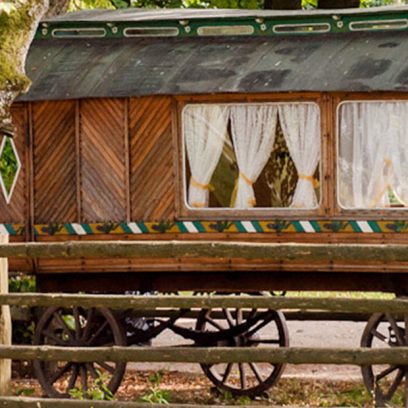
In the era of hustle and bustle, a movement spreading ideas different from those imposed by the modern world was born.
Find out more